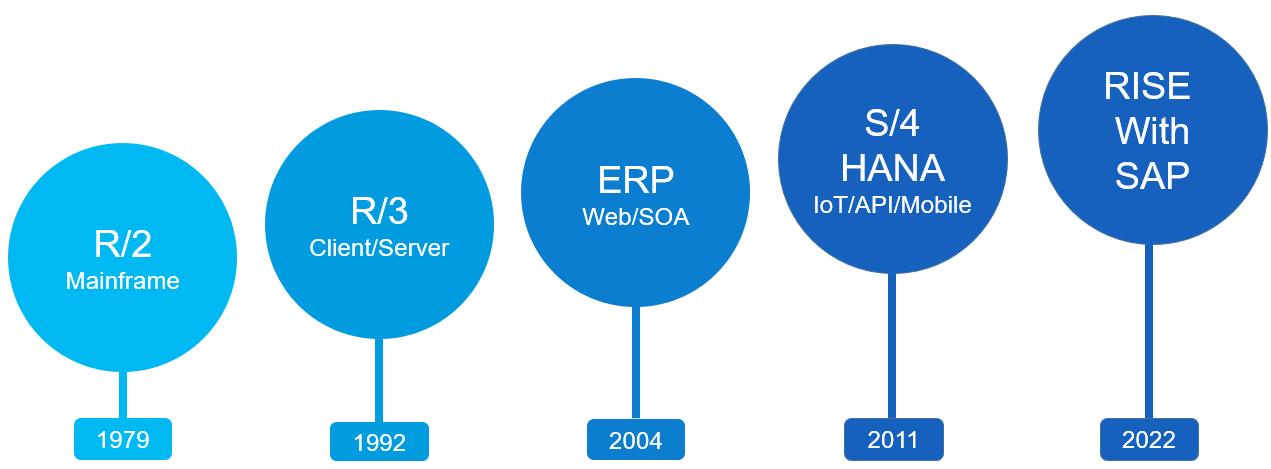In the beginning was the mainframe. And the people used it, and it was good. And the computer programs and networks were fruitful and multiplied.
By 1979, a clever company out of Germany introduced a breakthrough application environment called SAP R/2. Building off the success of their less ambitious initial offering, the R/2 solution provided an integrated computing environment covering nearly all aspects of a large company’s operations from HR to accounting, sales, manufacturing, supply chain, and more.
Coincidentally, LRS was formed that same year, and we soon offered software to manage and deliver the business-critical documents generated by SAP R/2 and other enterprise applications. Our mainframe-based DRS/SAPR2 product was just the first in a long line of solutions designed simplify and improve the process of managing SAP output to any printer or online destination.
But times change. R/2 begat the client-server-based R/3, which begat SAP ERP, SAP S/4HANA, and the company’s latest innovation: the Cloud-based RISE with SAP service.

How has your organization kept pace with this ever-changing SAP solution set over time? If you’re like most companies, you avoided life on the “bleeding edge” and waited for each new software iteration to mature before committing to upgrading your SAP environment. Well, like it or not, SAP is slowly but surely nudging its customers toward a Cloud-based model.
Luckily, their latest RISE with SAP offering is here to simplify the process. And although change can sometimes be scary, this time you’ve got help.
Intrigued? We invite you to join LRS for our upcoming Webinar on April 25th and 26th 2023. Our SAP print and scan management experts will explain the impact of upcoming SAP changes on your business-critical documents and help ensure a smooth transition to a Cloud-based future. Should you move all SAP processing to the Cloud right away? Keep your processing and print management on-premise? Implement a hybrid environment?
You’ve got questions, and our experts have the answers you’re looking for. Join us for this informative 30-minute Webinar and plan to participate in the live Question and Answer session immediately following the presentation.
We hope to see you there!